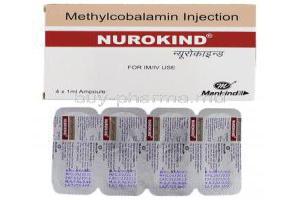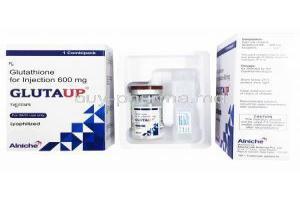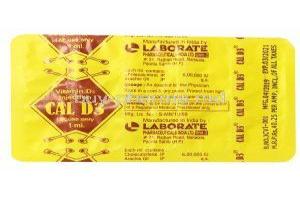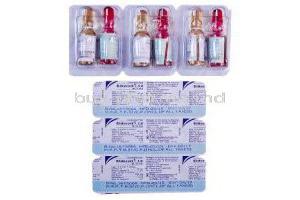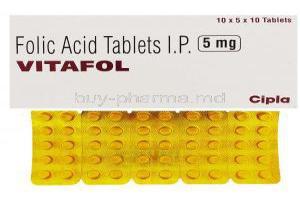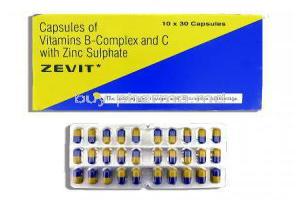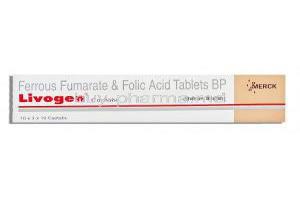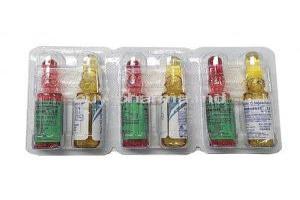Glucosamine Sulphate
- I. Introduction
- II. Composition of Glucosamine Sulphate
- III. Uses of Glucosamine Sulphate
- IV. How Glucosamine Sulphate Works
- V. Dosage and Administration
- VI. Off-label Use of Glucosamine Sulphate
- VII. Side Effects of Glucosamine Sulphate
- VIII. Interactions with Other Medications
- IX. Important Precautions and Warnings
- X. Special Considerations for Administration
- XI. Overdosage
- XII. Handling and Storage
- XIII. Contraindications
- XIV. Careful Administration Practices
I. Introduction
Glucosamine Sulphate, an element among dietary supplements, is well known for its effectiveness in enhancing joint health.
Discovered in the 19th century and extensively researched for its therapeutic benefits, it has gained widespread recognition within the medical community.
Historical Origins and Progress: The evolution of Glucosamine Sulphate from a compound to a significant contributor in orthopedic and rheumatological treatments has been marked by important clinical advancements.
Significance in Healthcare: Its impact goes beyond managing symptoms, making a difference in the lives of many by offering relief and better mobility.
II. Composition of Glucosamine Sulphate
The molecular structure of Glucosamine Sulphate is known for its base in amino sugar, which plays a role in creating glycosylated proteins and lipids. It comes in types to meet the preferences and needs of various patients.
Regarding its chemical composition and characteristics, this substance works well because it can easily blend with cartilage tissues. There are versions of this supplement available, whether in pill form or as a powder, each designed to offer the same healing benefits while catering to individual user preferences.
Additional components, like MSM or chondroitin, are included to enhance the supplement's efficacy, aiding in absorption and providing combined health advantages.
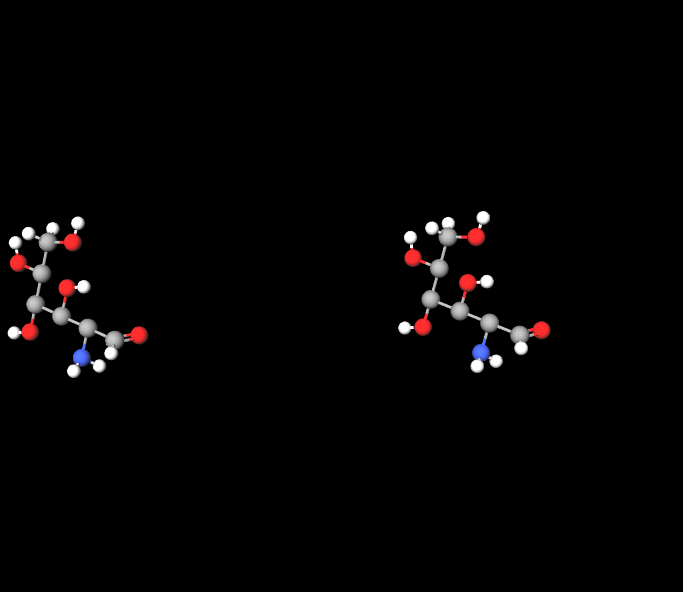
Chrondroitin Sulphate and Glucosamine
Glucosamine and chondroitin are found in cartilage which is a part of our joints. Glucosamine helps build molecules known as glycosaminoglycans that contribute to the structure of cartilage. Chondroitin, on the other hand, is a key element in cartilage that helps it withstand compression better.
III. Uses of Glucosamine Sulphate
IV. How Glucosamine Sulphate Works
The therapeutic effects of Glucosamine Sulphate are diverse, impacting the processes and cellular functions within the joint structure. Its mechanism in the body involves stimulating the production of cartilage molecules, vital for repairing and regenerating cartilage.
Furthermore, it enhances fluid viscosity, improves joint lubrication, and facilitates smoother movement. Various scientific studies have supported its effectiveness, confirming its value as a supplement for managing osteoarthritis.
V. Dosage and Administration
Determining the amount of Glucosamine Sulphate to take depends on various factors, including the severity of the symptoms and individual patient characteristics.
- When it comes to dosages for conditions the usual range is between 500 to 1500 mg per day depending on the specific medical situation.
- As for when and how often to take it, experts often suggest splitting the dose into two or three separate administrations throughout the day.
- This approach is believed to help with absorption and effectiveness. Adjusting the dosage may be necessary to ensure safety and effectiveness for groups like older adults or individuals with kidney issues.

VI. Off-label Use of Glucosamine Sulphate
Glucosamine Sulphate is commonly associated with its effects on osteoarthritis but there is also ongoing interest in its potential applications beyond what has been officially approved.
Some research and anecdotal reports suggest that it could have benefits for gut health and skin healing. While these uses are not yet formally endorsed they demonstrate the therapeutic possibilities of glucosamine.
When considering prescribing it for, off label purposes doctors must carefully evaluate the evidence. Make informed decisions based on their professional judgment.
VII. Side Effects of Glucosamine Sulphate
While Glucosamine Sulphate is widely used, it's important to note that it can have some temporary side effects.
- The common ones include gastrointestinal issues like nausea and indigestion. In cases there might be more severe reactions, like allergic responses that may require stopping its use.
- When compared to NSAIDs Glucosamine Sulphate generally has a side effect profile.
VIII. Interactions with Other Medications
Glucosamine Sulphate may have effects on medications and supplements, impacting its effectiveness and causing potential health concerns. It's important to understand these interactions for use.
Known drug interactions: Particularly, it might interact with blood thinners such as warfarin, which could lead to increased risks of bleeding. Interactions with prescription supplements: It's wise to be cautious when combining them with other products for joint health to prevent taking too much.
Advice on handling interactions: It's advisable to have regular checkups and seek guidance from healthcare professionals to handle and reduce these risks.
IX. Important Precautions and Warnings
Glucosamine Sulphate can be helpful, but it's important to be careful or avoid using it in certain situations. Some groups to watch out for are those with shellfish allergies and those taking blood-thinning medications. If you have liver or kidney disease, it's best to steer clear of using it altogether. For those who use it long-term, regular checkups to monitor liver and kidney function are recommended.

X. Special Considerations for Administration
a. Administration to Elderly
Older patients frequently need tailored doses and careful supervision to enhance the effectiveness of Glucosamine Sulphate treatment.
Changes in dosage and how it is taken might have to be lowered due to reduced kidney function.
Keeping track and ensuring safety is essential to check the advantages and possible negative impacts.
b. Administration to Pregnant Women and Nursing Mothers
The safety of using Glucosamine Sulphate during pregnancy and lactation has not been thoroughly researched. It's advisable to be cautious. Due to safety concerns, there is not information available to recommend its use during these periods. It's better to explore more extensively studied alternatives for treating joint pain in pregnant and lactating individuals.
c. Administration to Children
When it comes to children using Glucosamine Sulphate, it's important to think about the dosage and long-term impact. Guidelines for dosing should take into account the child's weight and age. Since there are a few studies on its effectiveness and safety, it's best to use it cautiously, prioritizing safety and effectiveness.
XI. Overdosage
Consuming too much Glucosamine Sulphate can result in significant health problems, so it's crucial to follow the recommended doses.
- Signs of an overdose of glucosamine sulfate may consist of feelings of nausea, vomiting, headaches, and dizziness.
- Immediate action is necessary in the case of an overdose to avoid repercussions.
- To prevent overdosing, it is essential to ensure dosing and educate patients effectively.
XII. Handling and Storage
It is crucial to handle and store Glucosamine Sulphate properly to maintain its effectiveness and prevent deterioration. To preserve its efficacy, store it in a dry location away from direct sunlight. When handling the supplement, take precautions to prevent exposure to heat or moisture. Lastly, follow regulations for disposing of expired or unused supplements to ensure environmental safety.
XIII. Contraindications
Under certain circumstances and situations, glucosamine sulphate is not recommended. There are reasons why some individuals should avoid it.
- For example, if someone is allergic to shellfish, they should steer clear of Glucosamine Sulphate sourced from shellfish.
- Additionally, for individuals dealing with diabetes or high cholesterol, it's important to be cautious when using glucosamine as it could potentially worsen these conditions.
- Seeking advice from a healthcare professional is crucial to weigh the risks and benefits in various scenarios.
XIV. Careful Administration Practices
To enhance the healing benefits of Glucosamine Sulphate, it's important to manage how it is given and educate patients thoroughly.
Steps for giving and tracking effects; This involves keeping up with appointments and adjusting doses as needed based on how well the treatment is working and any side effects.
Educating patients and sharing information; It's crucial for patients to understand both the advantages and risks of their treatment plan.
Advice for improving healing results: Healthcare providers should keep an eye on patient progress and adjust treatment plans when necessary.


